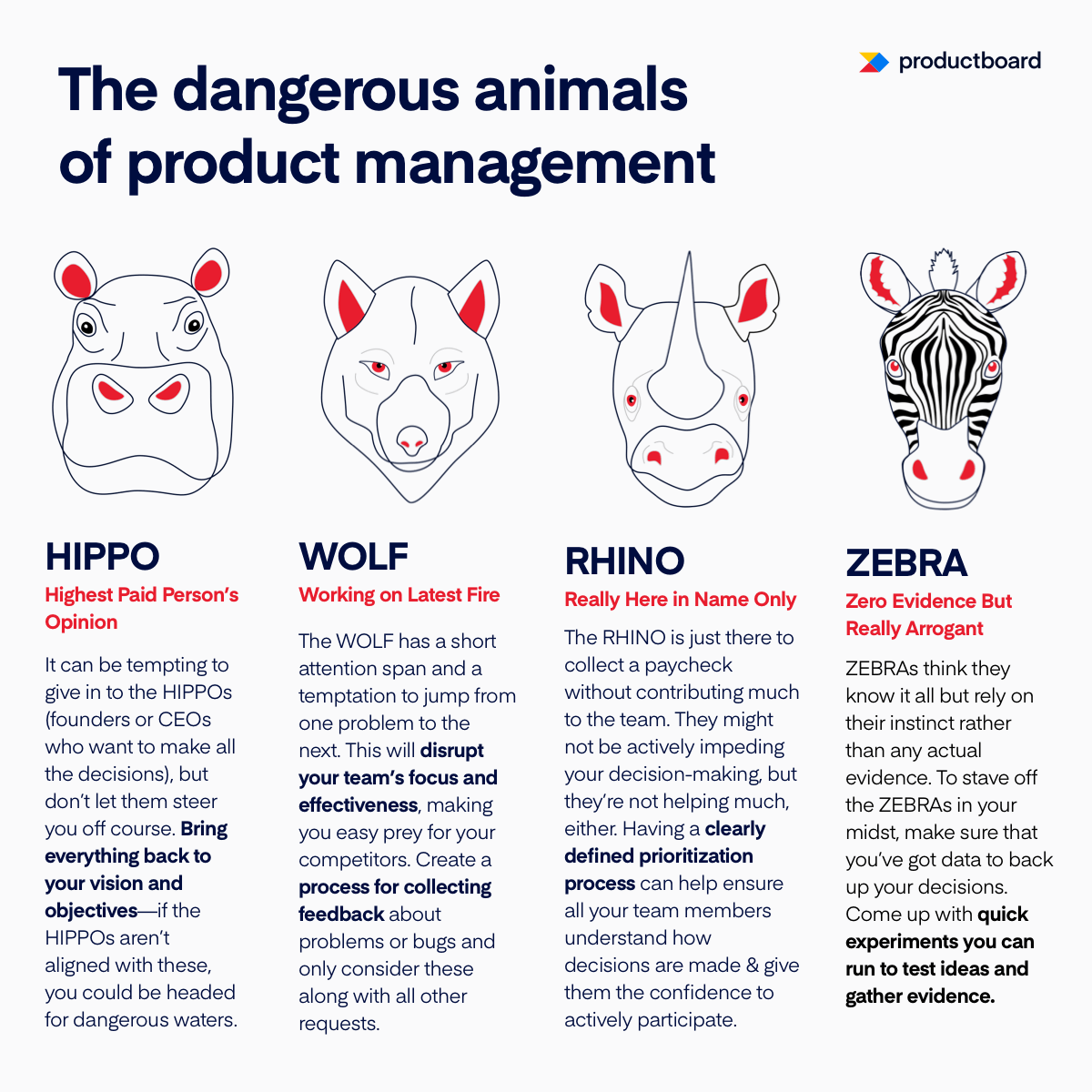Our top 12 product management blog posts of 2020

2020 has certainly been a strange and difficult year for everyone. As we deal with a global pandemic and take the precautions needed to stay healthy and protect our communities, we’ve made it a priority to continue delivering valuable resources to the product management community
To recap, and to help product managers start the new year strong, here are our 12 top-performing blog posts of 2020 — one for every month of the year.
1. From 0 to 100 million readers: How Highlights on Medium changed publishing forever
“A lot of Medium’s product ideas come from a combination of analyzing product history and designers playing around with ideas. Product managers spend time looking at the different ways people use features, what they try to use them for, and how they use them in ways that we didn’t intend them to.”
Though Medium’s Highlights feature is simple, it has made an outsized impact on the digital publishing world. What’s the story behind how this feature came to be, how was it built, how is its success measured, and what can we as product managers learn from it? This “feature teardown” has all the answers.
2. The secret to a potent and practical product strategy—lessons from growing Zendesk to $700m
Just as financial investors balance their higher-risk short-term plays with more stable long-term investments, product leaders should strategically balance how much time they want to invest in creating innovative products, improving existing products, or simply keeping the lights on.
Sam Boonin has 20 years’ experience driving strategic product teams in software companies. During his 8-year stint as VP of Product at Zendesk, he grew the product team from 5 to 75 people, helping propel the company from $15m in annual revenue to over $700m at the end of his tenure. We convinced Sam to take a break from his advising work with Productboard and share with us the three best practices of an effective product strategy.
3. User segmentation: Why it’s crucial for product managers
Failing to segment your users is to tacitly accept the myth of the average user.
Many product managers accept the “myth of the average user” and fail to segment their users. This analysis illustrates why this can hinder product success by using an inspired-by-real-life example.
4. SC Moatti’s mind, body, and spirit framework for building excellent products
To build great products, shape your vision around the idea that technology is an extension of ourselves instead of something that lives separate from us.
SC Moatti is an award-winning author and founder of Products That Count, one of the largest networks of product managers in the world.
SC thinks about products into three dimensions: mind (how they grow with us), body (how they balance design vs. functionality), and spirit (how they serve our needs). Explore her unique framework for building excellent products in this post.
5. The 5 Ps of effective organizational change management
The more people who understand why a change is happening and can relate that back to a core sense of purpose, the less you’ll need to provide tactical guidance, babysitting, and even training.
Overcome the challenges of change management by employing a simple 5 Ps framework: Purpose, People, Priority, Process, and Proof. Scott Baldwin, Product Excellence consultant, dives deeper into these principles and considerations.
6. 3 common mistakes in product discovery (and how to avoid them)
The average product team spends 80% of their time in the solution space and 20% in the problem space. Ideally, that time should be split 50-50 between both.
Product discovery is about deeply understanding customer problems to develop products that perfectly suit their needs. Many teams, however, rush discovery or fail to understand its importance. Productboard PM Martin Felcman explains how to avoid these common mistakes.
7. Kate O’Neill on bringing a human-centered approach to product management
Product managers think about how the abstract values, priorities, and mission of a company come to life in the experiences that people have.
According to Kate O’Neill, tech humanism is all about finding the balance between what a business needs to be effective and what humanity needs to thrive — and how technology can serve both of these purposes simultaneously. See the world through her lens.
8. Rich Mironov knows how to build products that your customers will actually use (and shares his expertise with you)
We talk about customer feedback as if it’s well-formatted and thought out, and that’s just not my experience. It’s our job to look at the feedback, tease out patterns, then go back to the people behind high-demand requests and find out why it’s important and what problem we’re going to solve — not about what they want us to do.
After 30 years in the field, six startups, and 120 consulting clients, Rich Mironov knows a thing or two about good product management. In this exclusive article, he shares common product challenges and how teams can overcome them to build excellent products.
9. 7 lessons learned from 5 years of product-led experimentation
You should holistically define the areas that have the highest potential for making an impact on growth. One way to do this is to organize your ideas into growth themes.
Matheus Mello, growth product manager at Productboard, outlines seven hard lessons learned from his five years of conducting product-led growth experiments and how they shaped him into a better PM.
10. The difference between product development and product management tools — and why you need both
A dedicated product management system is a perfect partner for existing development processes, acting as a filtering layer that comes before tasks are funneled into tools like Jira.
Torn between a development tool like Jira and a dedicated product management system like Productboard? See why product and development teams need both to build excellent products.
11. 5 reasons spreadsheets may be holding back your product team — and a better alternative
“Spreadsheets are free, if you don’t value your time.”
Here’s why moving from spreadsheets to a dedicated product management system can help product organizations make better decisions, backed by real customer insights and data.
12. The dangerous animals of product management

Ok, so this isn’t technically a blog, but it was our most viral social media post of the year. Repurposed from our ebook, “The essential guide to prioritization,” the infographic showcases the “dangerous animals” of product prioritization and offers strategies for overcoming them.
Which do you struggle with most?
Best wishes from all of team Productboard for a happy and healthy new year!






